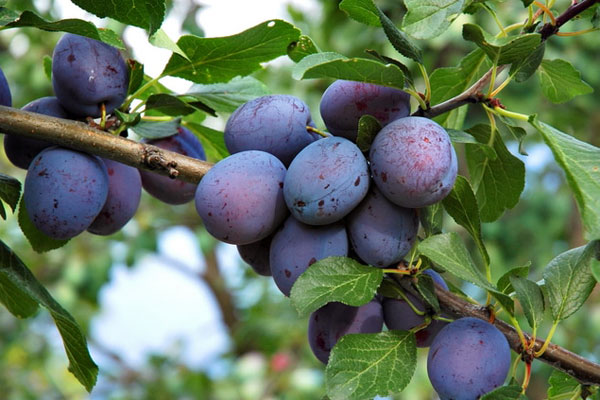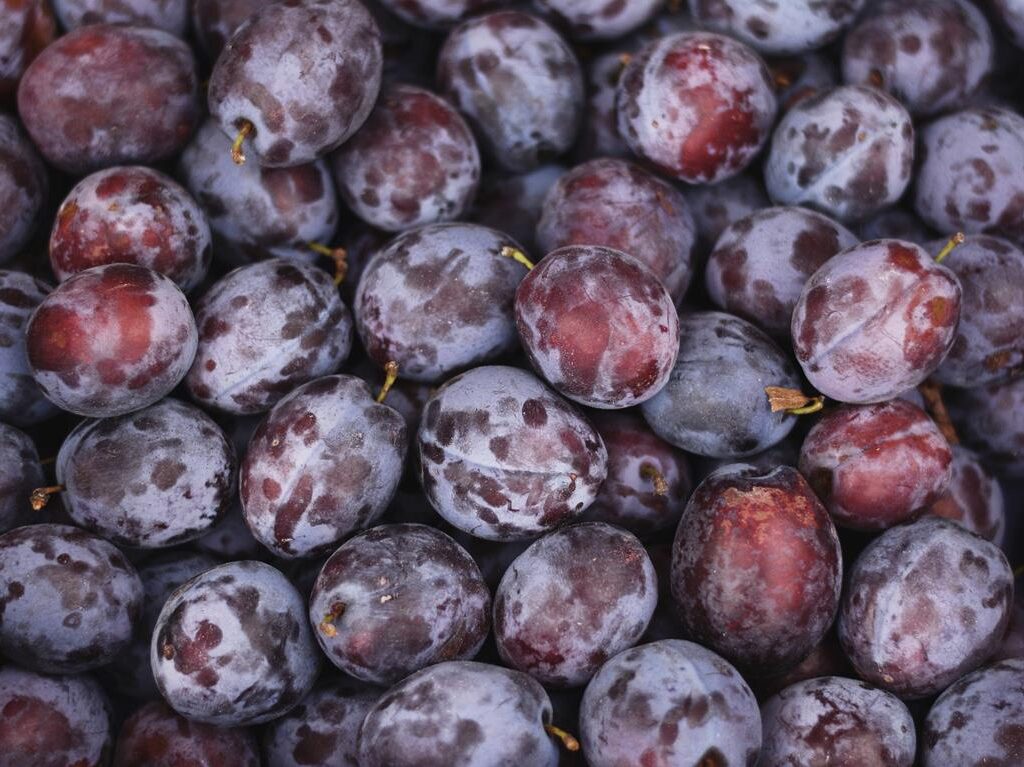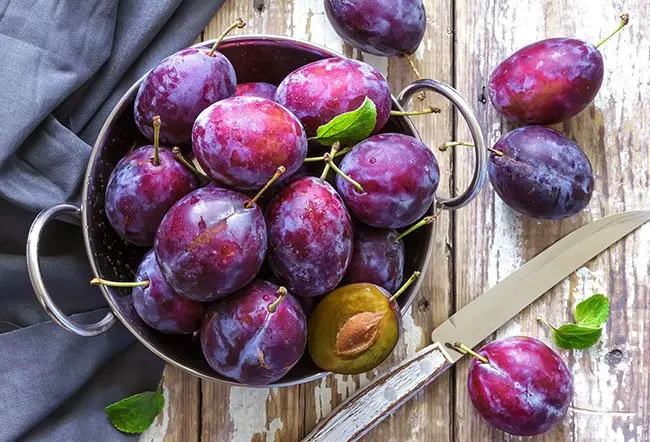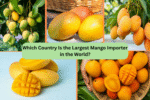Plums are among the world’s most cherished stone fruits, prized for their sweet-tart flavor, colorful skin, and juicy flesh. From fresh table fruit to prunes, jams, brandies, and desserts, plums have a long-standing place in global cuisine. With millions of metric tons produced every year, global demand for this nutritious fruit is strong and growing.
But when it comes to international trade, which country dominates the global plum export market? In this article, we’ll explore which nation is the world’s largest plum exporter, what makes it a leader, the other top players in the market, and future trends shaping the global plum industry.
Global Plum Market Overview

Plums thrive in temperate and subtropical climates, making them widely cultivated across Europe, Asia, the Americas, and parts of Africa. According to the Food and Agriculture Organization (FAO), global plum production exceeds 12 million metric tons annually, with China, Romania, Serbia, India, and Spain ranking among the top producers.
However, high domestic consumption in some of these countries means that only a few dominate the export markets. The trade in fresh plums, driven by growing demand for healthy, natural fruits, now generates over USD 1.2 billion in global exports each year.
Which Country Is the Largest Plum Exporter in the World?
Based on the latest trade data from the International Trade Centre (ITC) and UN Comtrade, Chile currently holds the title of the world’s largest plum exporter.
Key Export Statistics:
- In 2023, Chile exported more than 120,000 metric tons of fresh plums.
- The total value of these exports was approximately USD 220 million.
- Chile accounts for over 20% of the global plum export market by value.
Why Is Chile the Leading Plum Exporter?

Chile’s dominance in plum exports is no accident. Several factors contribute to its leadership position in the international market:
Southern Hemisphere Seasonal Advantage
One of Chile’s strongest assets is its counter-seasonal production cycle. While Northern Hemisphere growers harvest plums between June and September, Chile’s harvest occurs between December and March. This allows Chile to supply fresh plums during the off-season in key markets like the United States, Europe, and China, filling a vital supply gap.
Ideal Climate and Geography
Chile boasts one of the world’s most favorable agricultural environments. Its Mediterranean climate, fertile valleys, and reliable water resources are perfect for stone fruit production, ensuring consistent yields and high-quality produce.
Advanced Agricultural Practices
The Chilean fruit industry is known for using modern irrigation systems, sustainable farming methods, and state-of-the-art cold chain logistics. These systems ensure that plums retain their freshness, firmness, and taste during long-distance shipping.
Strong Trade Agreements
Chile has a network of free trade agreements (FTAs) with major economies, including the United States, European Union, China, Japan, and South Korea. These agreements reduce or eliminate tariffs and ease customs processes, making Chile’s plums highly competitive in global markets.
Focus on Premium Varieties
Chilean growers have invested in a wide range of plum varieties, including popular types like Angeleno, Black Amber, Larry Ann, and Fortune, catering to diverse consumer preferences.
Other Major Plum Exporting Countries
While Chile leads in plum exports, several other countries also play significant roles in the global market:
| Country | 2023 Export Value (USD) | Global Share |
|---|---|---|
| Chile | $220 million | 20% |
| Spain | $145 million | 13% |
| South Africa | $92 million | 8.7% |
| China | $65 million | 6.2% |
| United States | $57 million | 5.5% |
| Italy | $54 million | 5% |
| Netherlands | $50 million | 4.7% |
| Moldova | $41 million | 4% |
How Are Plums Exported Worldwide?

Most plums are exported as fresh fruit in refrigerated containers to maintain their quality and shelf life. They are packed in ventilated boxes or crates, graded by size and quality, and often labeled by variety.
In addition to fresh fruit, several countries also export:
- Dried plums (prunes) — especially from the United States, France, and Serbia.
- Canned plums
- Plum preserves and jams
- Plum brandies (Slivovitz) — popular in Eastern Europe.
Key Global Market Trends in Plum Exports
Several factors are currently shaping the global plum trade:
Growing Demand for Healthy Foods
With consumers becoming increasingly health-conscious, demand for antioxidant-rich, fiber-packed fruits like plums is on the rise. Fresh plum consumption is increasing in Asia, the Middle East, and Europe.
Expanding Asian Markets
China, though a major producer, has recently emerged as one of the largest importers of Chilean and South African plums, particularly for premium varieties.
Cold Chain Innovations
Advances in cold storage and transport technology have enabled longer shelf life and higher quality for exported plums, allowing countries like Chile to access distant markets without compromising fruit quality.
Rise in Value-Added Products
The market for dried plums, jams, and brandies is expanding, offering exporters new avenues for revenue beyond fresh fruit.
Challenges in the Plum Export Trade

Despite its growth, the global plum export market faces several challenges:
- Climate change: Unpredictable weather, droughts, and frosts can impact harvest volumes and fruit quality.
- Trade regulations: Exporters must navigate varying import standards, tariffs, and phytosanitary rules in different markets.
- Market competition: As emerging exporters like Moldova, Uzbekistan, and Serbia increase their production and exports, traditional suppliers face pricing pressure.
- Labor shortages: In some producing regions, finding sufficient labor for harvest seasons can be difficult.
The Future of Global Plum Exports
The outlook for the global plum export market is positive. According to market analysts:
- Global fresh plum trade volumes could exceed 1.5 million metric tons by 2030, driven by rising demand in emerging markets.
- Chile is expected to maintain its leadership, though competition from Eastern European exporters and increased Asian production may shift market dynamics.
- Sustainable and organic plum production will see growing demand, especially in high-value markets like Europe and North America.
- Value-added products like dried plums, canned goods, and beverages are poised to capture a larger market share as consumers seek convenience and variety.
Conclusion

To summarize:
- Chile is the largest plum exporter in the world, exporting over 120,000 metric tons of fresh plums annually, valued at around USD 220 million.
- The country’s success is driven by its favorable climate, modern farming practices, counter-seasonal harvest timing, trade agreements, and efficient logistics.
- Spain, South Africa, China, and the United States are also major exporters, with significant shares in the global market.
- Global demand for plums is on the rise, fueled by health trends, growing Asian markets, and expanding opportunities in dried and processed plum products.
- Despite challenges like climate change and trade barriers, the future for the global plum export industry remains promising.



